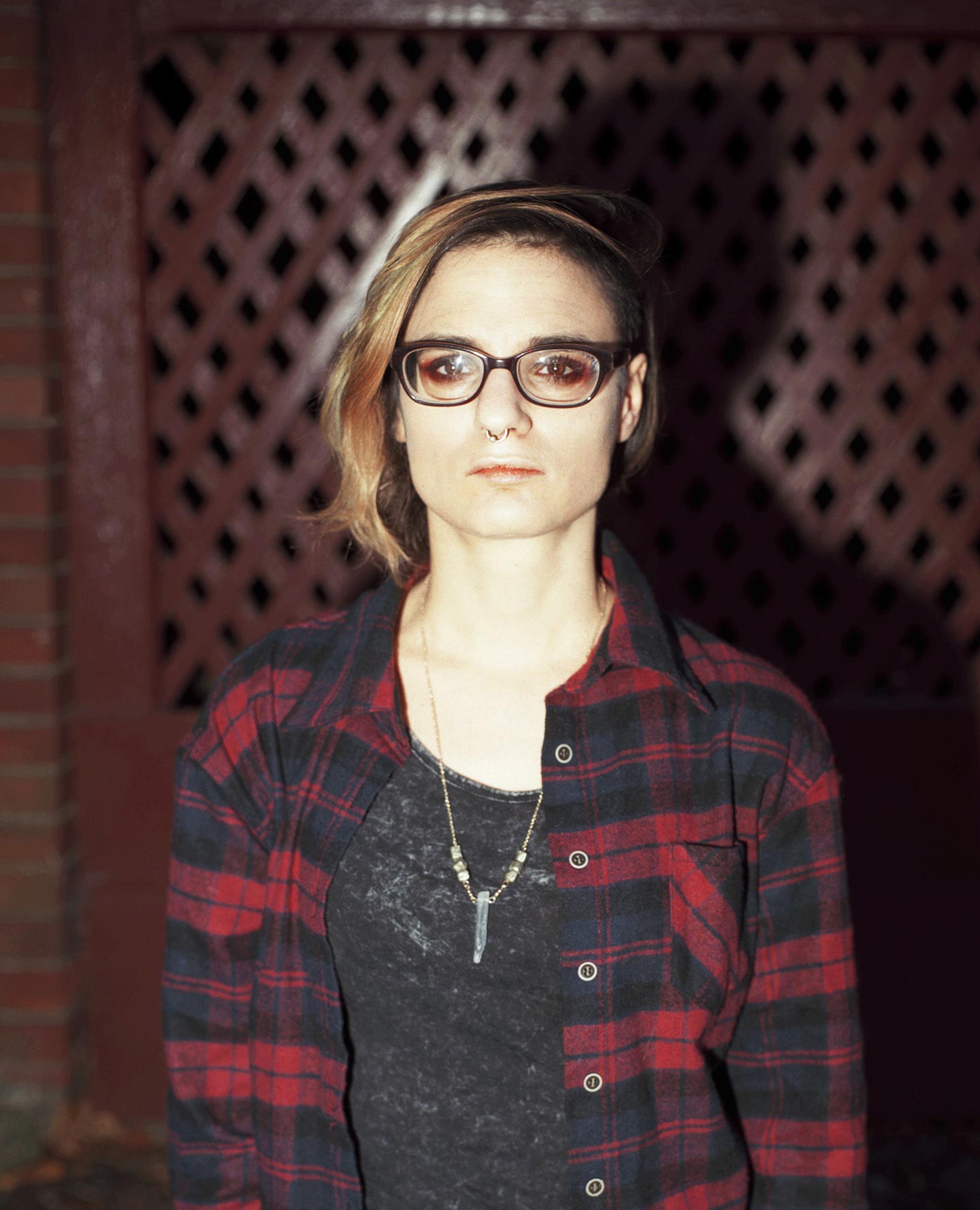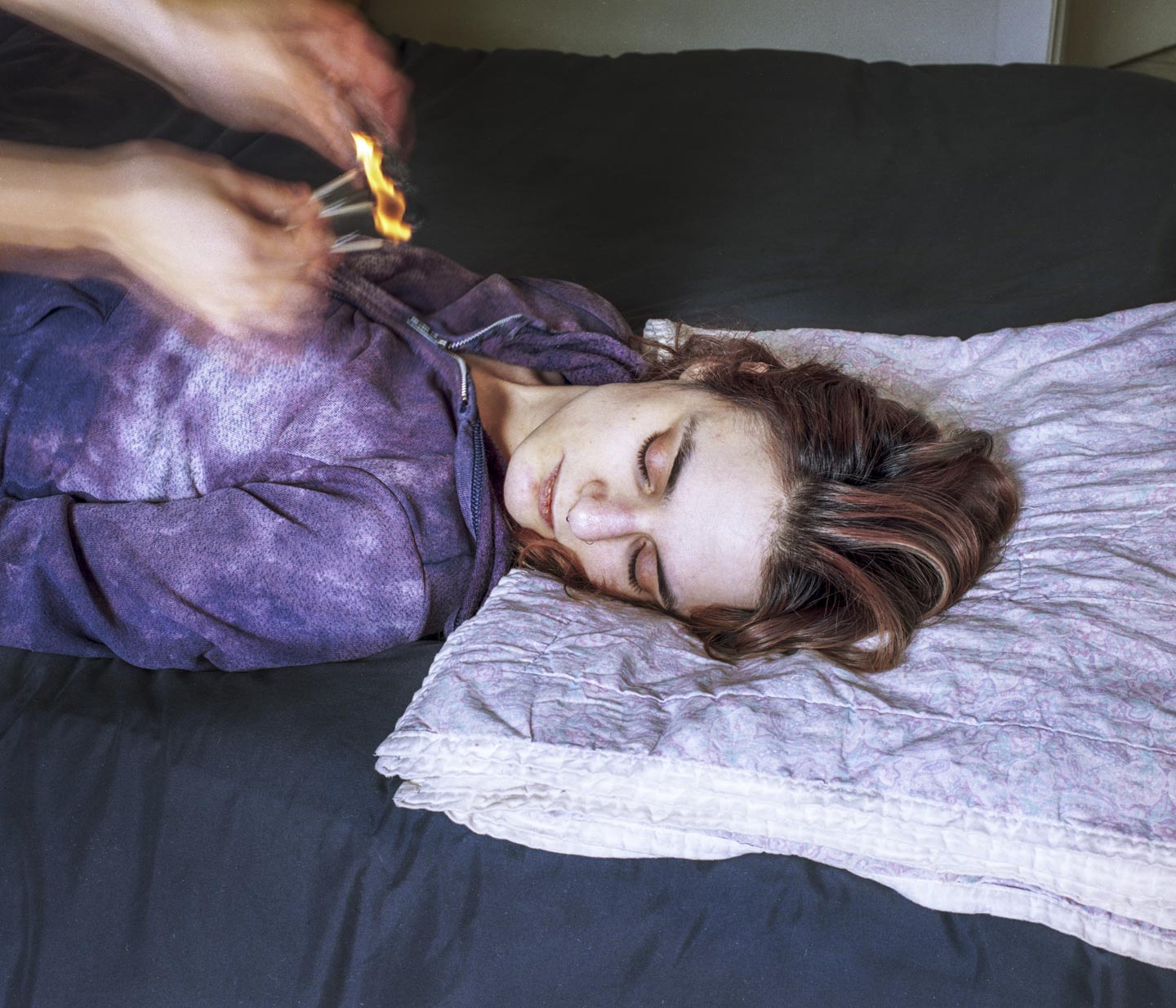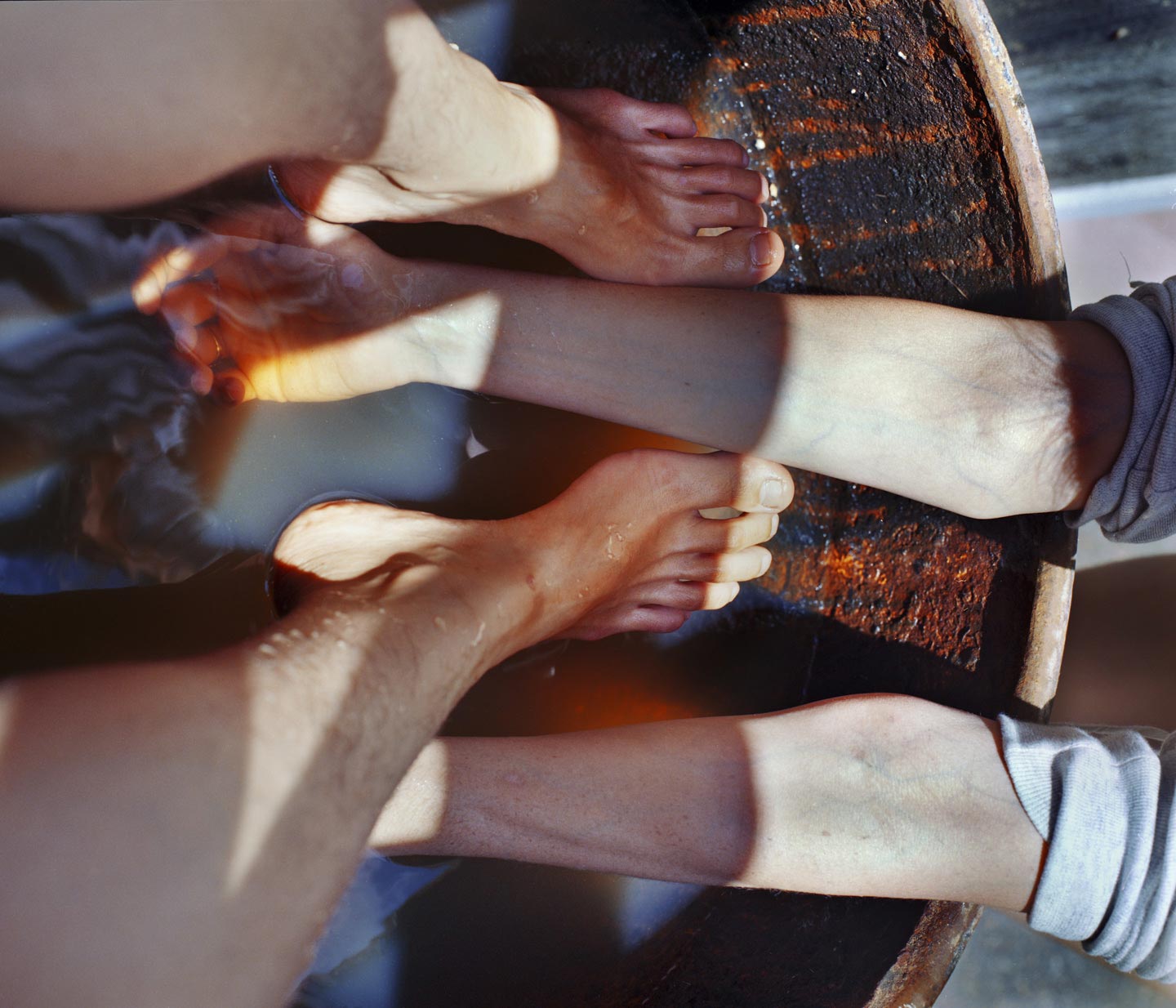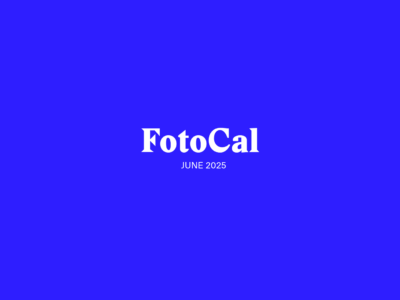How Photography Helps Gabriella Sturchio with Her Sister’s and Her Own Mental Illness















25 year-old American photographer Gabriella Sturchio discusses Chasing Light, a deeply personal series of photographs for which Gabriella turns the camera on herself and on her twin sister as they both grapple with mental illness.
Hello Gabriella, thank you for this interview. What are your main interests as a photographer?
My main interest is experiencing the world with a curiosity that leads to prolonged observation of natural phenomena. My observations inspire me to continue looking and to transform those experiences into installations with strange and captivating qualities. Sometimes it’s just about looking by itself, not about capturing every experience, but being fully immersed and present in the experiences themselves.
Please introduce us to Chasing Light.
Chasing Light is a collaborative project between my twin sister Bianca and I. Through the images we explore different dynamics of our relationship including intimacy and vulnerability.
Our connection is unique in that we are able to work with one another and capture true-to-life scenarios that would otherwise be lost. The comfortability we have with one another allows access and space to work around topics with sincerity. It’s important that Bianca has a say in the project and that she isn’t merely a muse, which is a relationship often depicted in photographer-model relationships. It’s different for us because she has as much of a say as I do as far as when we photograph, what gets shown, and how we talk about the work. Our end goal is to encourage folks to talk about disability and mental illness.
How would you describe your relationship with your sister? Has it made it easier or harder on you to share your struggles with her?
The relationship we have has always been close and more or less specifically structured. As a less sick person, I’ve often been more of a caretaker. It’s difficult for us because sometimes the boundaries are blurred, and our unique struggles become overwhelming when we are both coming at one another with baggage and turmoil. Sometimes the photographing stops, and we take space. Sometimes we keep making images and then it’s a grueling process that can be uncomfortable, but those are the times we know it’s most important. We’ve been able to connect in a creative way through making these images.
When did you feel the need to start photographing your sister and yourself, and how has it been pointing the camera towards your own life?
I started photographing Bianca while pursing my undergrad degree. In a practical way, I was spending so much time in hospitals because she was sick. It became necessary for me to make images while being there so I could have content for critiques. Bianca knew I was making images and she was a part of the process but it wasn’t successful by my moral rubric.
Our dialogue wasn’t structured because she was inundated with serious, at times life-threatening illness. The series quickly stopped and it wasn’t until 2015 when we picked it back up in a productive, collaborative way. Her story, though intertwined with me, is completely her own. I do not live it, and it’s important to me that she keeps her agency. I feel privileged that she allows me to photograph her. My personal life is left out of the work, which speaks to the kind of relationship and environment we’re in. I often feel like a witness who is never seen or addressed personally. It is both difficult and beautiful, I am always learning from her strength. She is an incredible teacher.
How did you approach the work photographically? What kind of images are you aiming for, and what are you trying to capture in them?
I approached the work in a documentary-style, and now images are both set up and in-the-moment responses. It took a bit to find an appropriate medium for the work. Right now I’m using a medium format Pentax 6×7 and making black and white (unreleased) as well as color film images. I’m looking to make pictures that are interesting, informative, and beautiful. It’s less important to me that they fit into a category, though the chosen ones are often clean, crisp and structured. I’m interested in scenarios that seem realistic, potent, and curious. In this series, I am not interested in making photos that suspend disbelief.
Has using photography helped you cope with your personal situation? If yes, how?
I believe that any use of creativity is helpful for processing and coping with trauma. I have an inherent need to make things, to produce objects, ideas, creative language, images etc. It’s a reductive process that happens by putting ideas and feelings on film or on paper. It has to go somewhere, and when I’m experiencing the process of sifting and extracting, it’s releasing. It makes space.
Did you have any specific references or sources of inspiration in mind while working on Chasing Light?
Early on in the series I had the pleasure to have studio visits with photographers Jen Davis, Sasha Rudensky, Bryan Graf, and a few other contemporary artists who have been helpful and influential. In Eleven Years, Davis is incredibly generous to invite others into her personal and usually private witnessing of sincere vulnerability and I draw from that courage. I also admire authors such as Rebecca Solnit, Margaret Atwood, and Maggie Nelson. I draw from all types of sources: poets, musicians, my artist friends.
How do you hope viewers react to your images?
I believe all reactions are valid and become a part of the conversation about vulnerability and disability, especially if somebody can relate or if they are put off. Ideally, the images provide a circumstance where questions may be raised, and Bianca can share her experiences. I believe connections can be made through storytelling. I’d like to see more people talk about disability and stigma. When the day is done, I make the images because I have this affinity for tangible film and for seeing what things look like from the outside.
What have been the main influences on your photography?
Falling in love, experiencing trauma, being sick, heartbreak, hiking, reading, poetry, queerness.
Who are some of your favorite contemporary photographers?
Laura Letinsky, Teresa Hubbard, Elinor Carucci, Jen Davis, Lucas Foglia, Bill Henson, Nan Goldin, Rineke Dijkstra, Sally Mann, Sasha Rudensky, Lise Sarfarti, Thilde Jenson, Alice Hargrave, to name a few.
Choose your #threewordsforphotography.
Phenomena. Acuity. Remembering.
Keep looking...

FotoCal — Photography Awards, Grants and Open Calls Closing in July 2025

FotoCal — Photography Awards, Grants and Open Calls Closing in June 2025

FotoCal — Photography Awards, Grants and Open Calls Closing in May 2025

FotoCal — Photography Awards, Grants and Open Calls Closing in April 2025

FotoCal — Photography Awards, Grants and Open Calls Closing in March 2025

FotoCal — Photography Awards, Grants and Open Calls Closing in February 2025

FotoCal — Photography Awards, Grants and Open Calls Closing in January 2025




